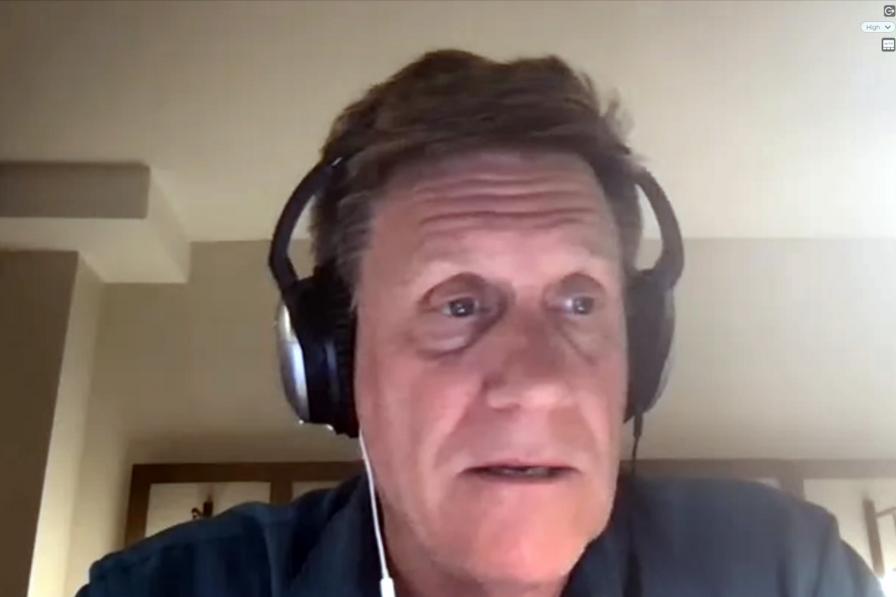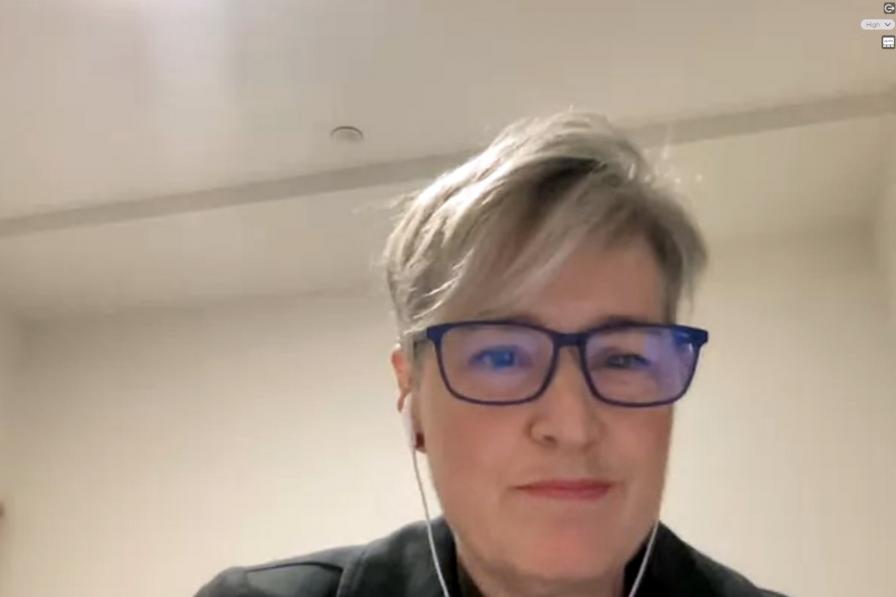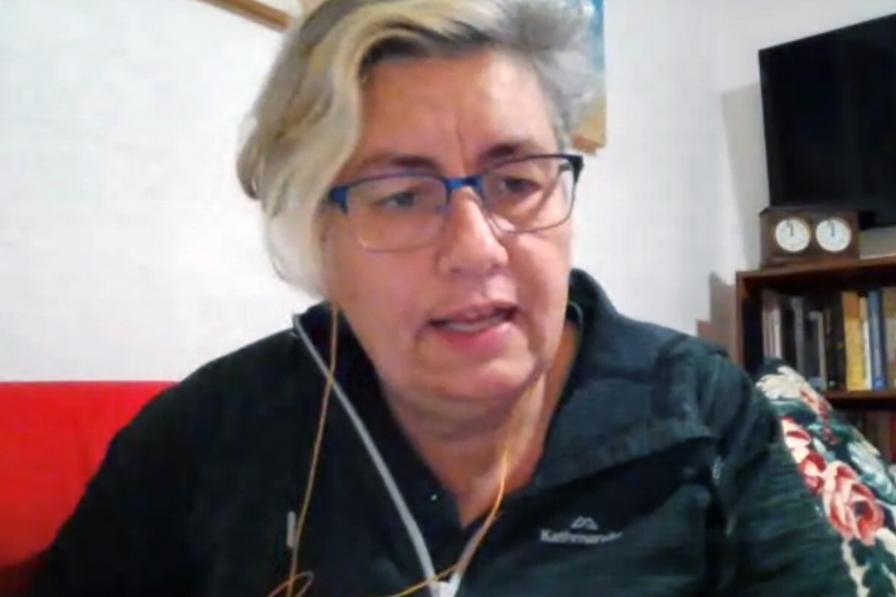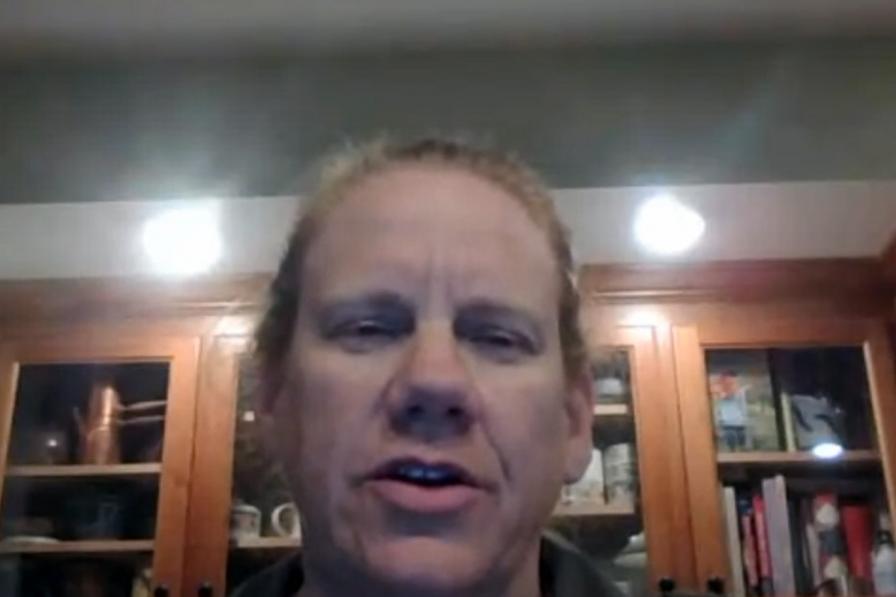The Open-ended Working Group of the Parties to the Montreal Protocol (OEWG) reconvened virtually for the second part of its 43rd meeting on Wednesday, 14 July. The discussions focused on the first of the two technical issues being addressed—the unexpected emissions of trichlorofluoromethane (CFC-11). This was the first of two identical sessions on the issue to cater for participation from parties in different time zones.
OEWG-43 Co-Chair Vizminda Osorio (the Philippines) opened the session. Ozone Executive Secretary Megumi Seki recalled that scientific findings in 2018 showed there was an unexpected increase in CFC-11 emissions from unidentified sources, lauding parties for their swift action requesting the Scientific Assessment Panel (SAP) and the Technology and Economic Assessment Panel (TEAP) investigate this matter. She said this year’s report shows that, among others, the recovery of the ozone layer will not be substantially affected by the unexpected increase. Co-Chair Osorio introduced the agenda and organization of work, which was adopted without amendment.
The SAP, in their video presentation, highlighted, among others:
- There was an unexpected increase in global CFC-11 emissions that emerged in 2013, continued until 2018, and declined in 2019;
- Relative to the “extrapolated” global emission decline expected after 2010, there is an estimated cumulative global emission increase of 120 Gigagrams (Gg) up to 2019 as a result of unreported production;
- Relative to the TEAP-modeled global emission decline expected after 2010, there is an estimated cumulative global emission enhancement of 440 Gg up to 2019 as a result of unreported production;
- CFC-11 atmospheric quantities are projected to continue to decline in emission scenarios, assuming future compliance with the Montreal Protocol;
- The anticipated recovery of stratospheric ozone will be delayed if substantial amounts of the unreported CFC-11 production were added to foam banks after 2010; and
- Quantifying unreported CFC-11 production in the last decade and its future impact on emissions more precisely requires an improved understanding of present-day bank emissions from pre-2010 production as well as the unexpected increase in emissions.
The TEAP, in their video presentation, highlighted, inter alia:
- Estimations of expected CFC-11 emissions compared with global derived emissions indicate unreported CFC-11 production and use;
- The estimated cumulative total of unreported CFC-11 production is 320-700 kilotonnes for 2007-2019;
- The assessed emissions are most likely from closed cell foam applications;
- Any additional unexpected emissions of CFC-12 are likely a co-product associated with the production of CFC-11;
- The potential opportunity for CFC-11 recovery and destruction lies in improved management of active foam banks at end-of-life, by potentially diverting foam wastes away from landfill towards destruction; and
- More detailed global data (production for each market sector) is needed for the Montreal Protocol to be able to answer future questions on emissions discrepancies.
In the ensuing discussion, parties addressed a number of issues, including whether the problem of unexpected CFC-11 emissions is under control; how to fill in emissions monitoring gaps; the issue of CFC-11 absorption by oceans; and new data on F-gas lifetimes.





